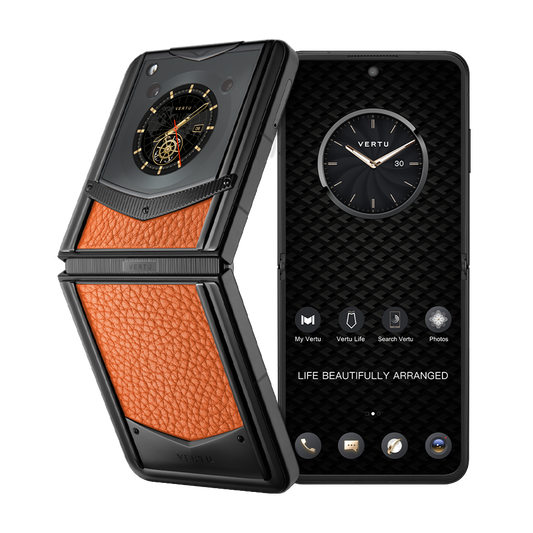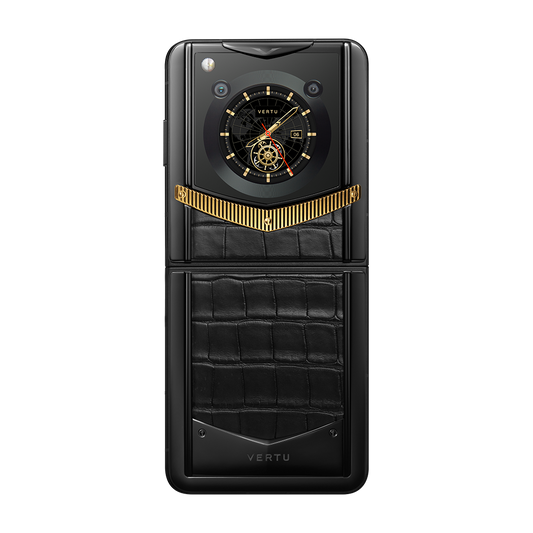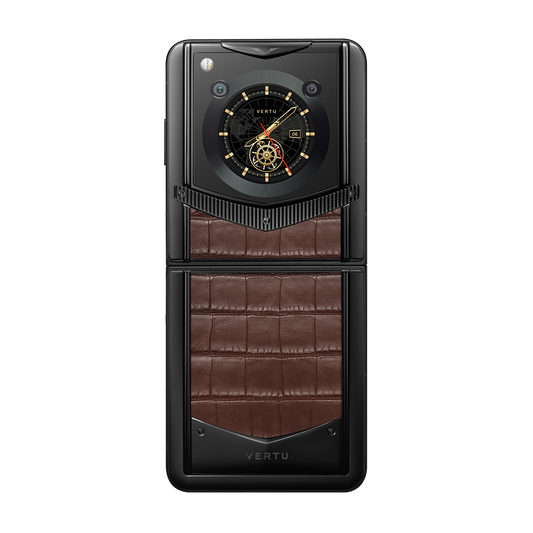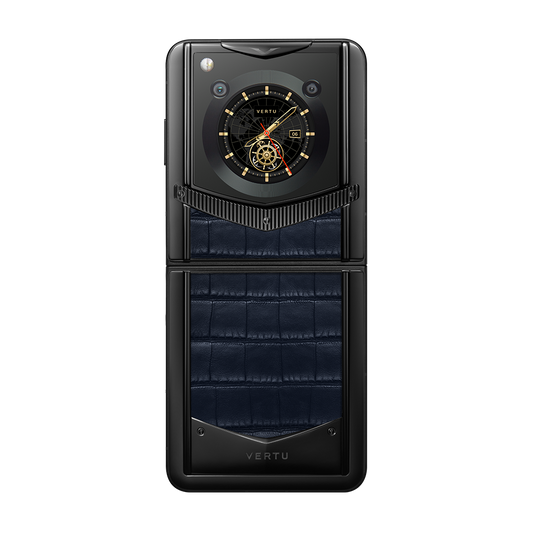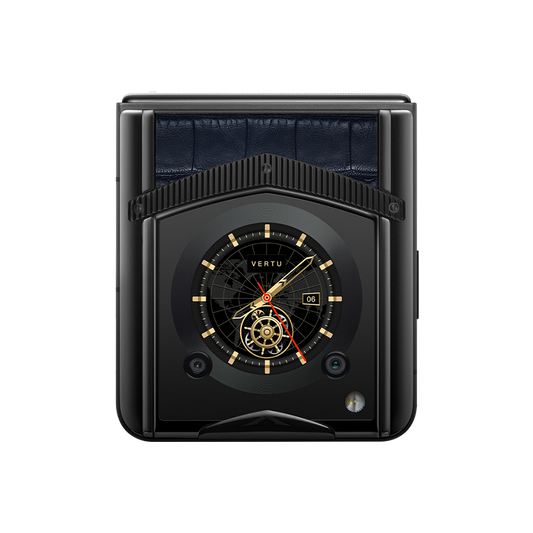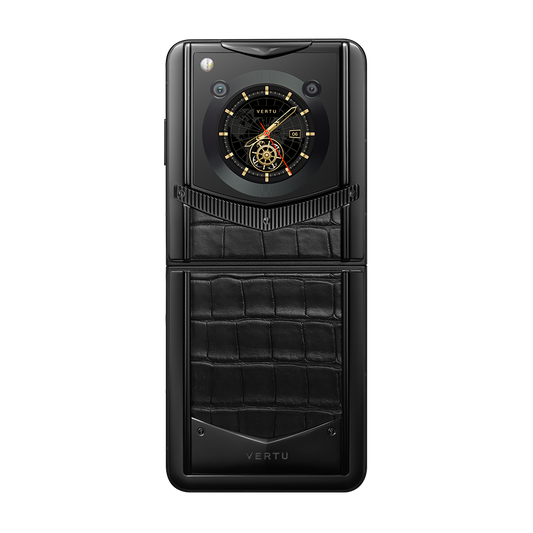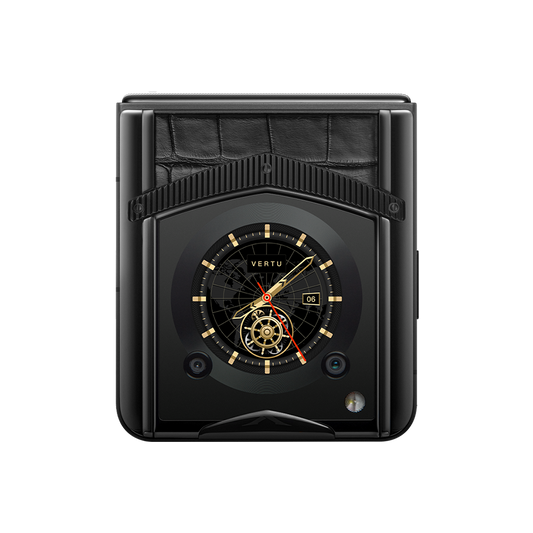A Chiffon Navy Blazer for Menswear
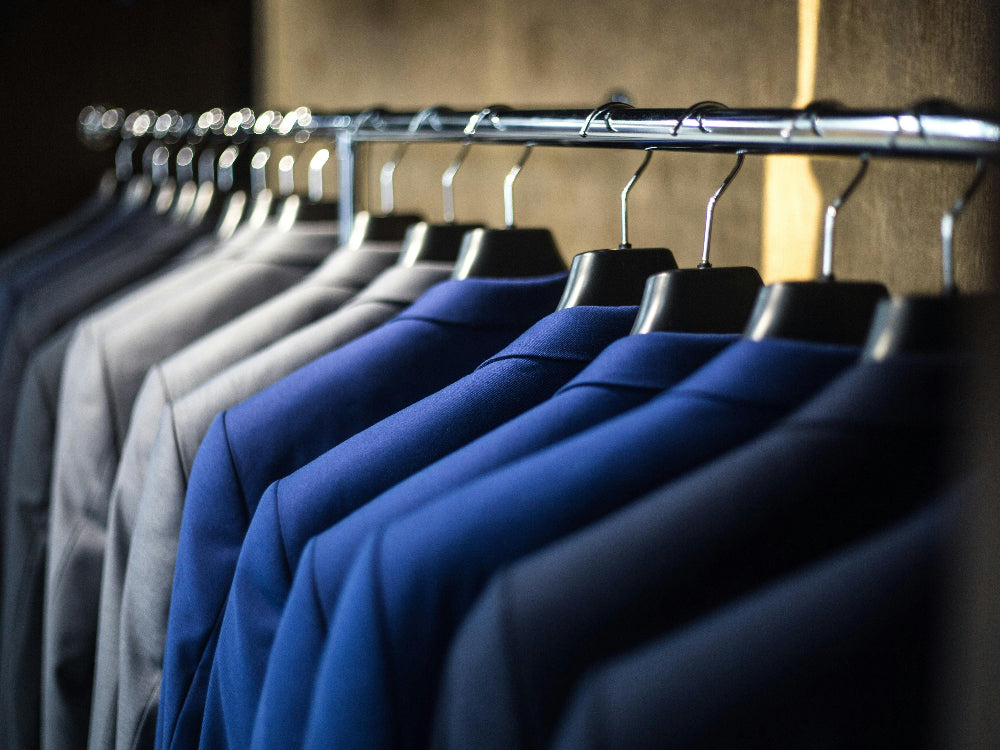
A suit wearer's need for a blazer is almost limitless.
A versatile blue top can cover most of life's scenarios, whether it's for work, sports, or vacation.
With just a few changes, from gray worsted pants to khakis, jeans, or white pants in summer, a blazer can make a man look good for any occasion.
Seasonal blazers in a variety of textures are a must-have for any wardrobe. For spring, consider worsted blazers. For summer, mesh, cotton, linen, silk, wool, and bubble yarn are great options. Twill and cashmere are perfect for fall and winter.
Bespoke fashion, whether referred to as haute couture or otherwise, has at least two meanings: practicality, providing high-quality products that fit the usage scenarios, and creativity, fulfilling unique ideas and requirements.
I primarily focus on classic menswear at the haute couture level. However, those familiar with this industry know that Armani is the epochal menswear brand. Armani famously declared that 'Savile Row is obsolete.'
When designing menswear, Armani had a unique perspective, incorporating a women's worldview and a rare freedom in combining materials and structures.
This led to the use of women's fabrics in men's wear, which is something I have always kept in mind.
Anyone who appreciates classic menswear understands the importance of fabrics with excellent drape, as they are essential for creating smooth, long-lasting lines.
Prior to this, I had limited knowledge of this category, aside from the fact that chiffon is typically associated with women's clothing.
The term 'chiffon' is derived from the French word 'chiffe', which refers to a specific type of silk fabric that is typically lightweight, slightly translucent, soft, and airy.
As silk fabrics evolved, chiffon became a symbol of affluence in the mid-nineteenth century. Chiffon was a popular choice for wedding dresses and high-end home décor.
Wealthy women often chose chiffon as an everyday fabric until the 1920s and 1930s. However, pure silk chiffon requires careful maintenance and dry-cleaning. If it gets wet, the delicate fibers can stretch or shrink, making it difficult to restore them to their original state.
Chiffon became popular worldwide only after the invention of nylon in 1938. Today, it is used in a variety of garments, from Indian saris to Arabic chiffon kaftans, artisanal dance costumes to ice skating outfits.
Chiffon is smooth and comfortable to wear, similar to Italian 150s. Its sewing and processing requirements are also similar to those of high-count fabrics.
The recombination of elements can alter the boundaries and impression of an outfit. For example, the round neckline and boardshorts, when worn under the chiffon, create a borderless and simple look that enhances the blazer's appearance.
Those interested in making their outfits more versatile should take note of these intriguing combinations.








